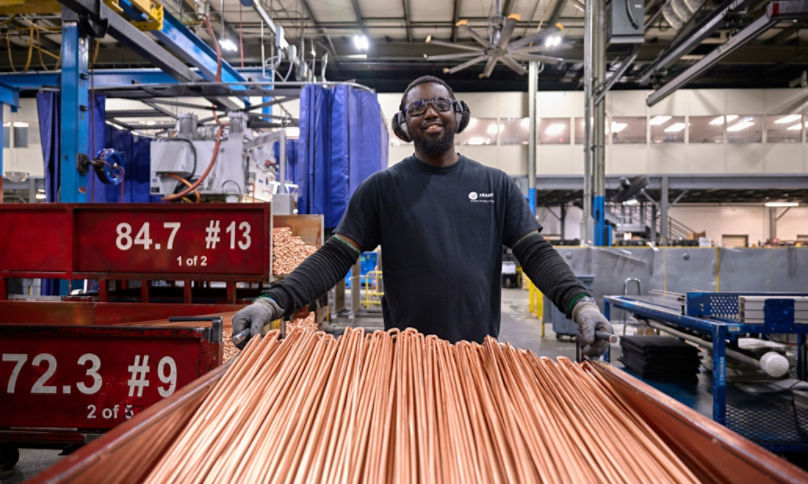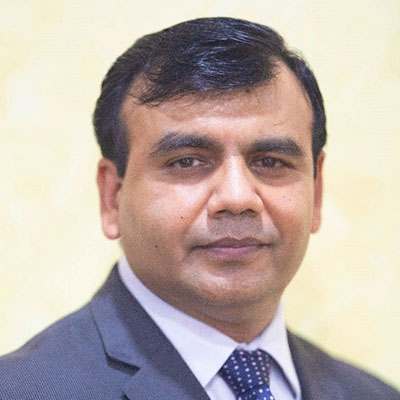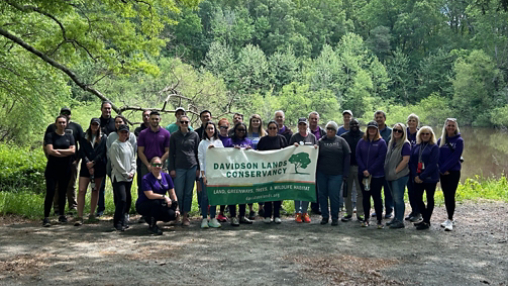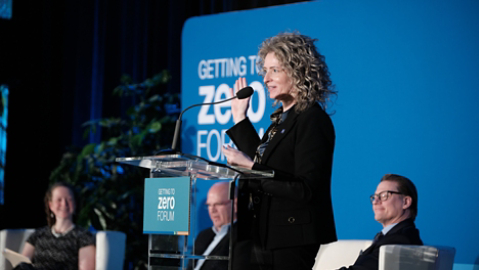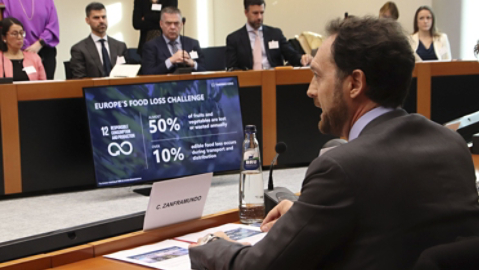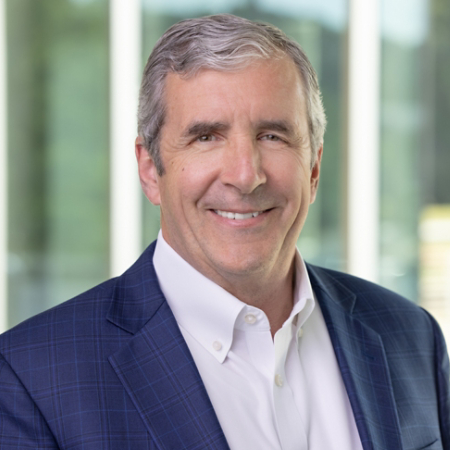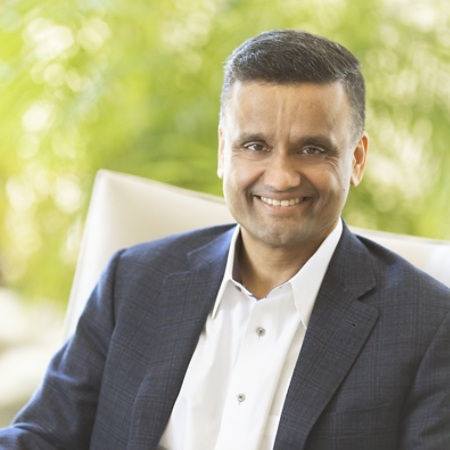Collaborating with our suppliers
The building sector is incredibly interconnected. Our technology solutions are a component of buildings. And materials like steel, copper and aluminum are components of our solutions. Our suppliers have suppliers, and so on. We are transforming our economy. No one can do this alone.
And so we are collaborating with our suppliers to reduce carbon intensity across the value chain. This is a work in progress, and we are working together to bring transparency, standard approaches and efficient ways to measure and manage embodied carbon.
Building materials: We will focus our efforts on partnering with suppliers of materials used in buildings and building equipment, including steel, aluminum, copper and refrigerants, while continuing to incorporate circular design criteria into our product development projects.
One company can change an industry
From our customers to our own operations to our suppliers, we are looking for ways to reduce emissions every step of the way. With this new commitment, we are addressing both sides of the challenge to reduce our own and our customers’ carbon footprints: by reducing operational carbon through the Gigaton Challenge and embodied carbon through this expansion of our Leading by Example commitment.
Our strong sustainability performance is the direct result of our culture and the actions our people take every day to deliver on our commitments. Our procurement teams are excited by the challenge to reduce embodied carbon. It aligns with our constant focus on productivity, growth, resiliency and sustainability.
The products we manufacture have a significant lifetime, often upwards of 15-20 years or more. The actions we take today to reduce the embodied carbon of those products have far-reaching implications for achieving tomorrow’s goals. And beyond our products, the way we lead matters.
With this move to reduce embodied carbon, we are elevating the important research of our NGO partners, we are celebrating the good work of our suppliers, and we are leading our industry forward to a more sustainable future.
